- Need Free Consultation ?

(+86) 13145896507
Atomic Absorption Spectrophotometer (AAS) is an analytical instrument used to determine the concentration of specific metal elements in a sample. Its operation is based on the principle that free atoms in the gaseous state can absorb light at specific characteristic wavelengths.
The process begins by preparing a liquid sample, which is then aspirated into a high-temperature flame or graphite furnace. This heat atomizes the sample, breaking it down into ground-state, free atoms. The instrument simultaneously emits light from a hollow cathode lamp, which is designed to produce the precise wavelengths of light that the target metal atom can absorb. This beam of light passes through the cloud of atoms. The atoms of the specific element then absorb a fraction of this light, exciting their electrons to a higher energy level.
A monochromator then selects the characteristic wavelength and directs it to a detector, which measures the intensity of the light. The amount of light absorbed is directly proportional to the concentration of the element in the sample, as described by the Beer-Lambert law. By comparing the absorption to a calibration curve prepared from standards of known concentration, the instrument can accurately quantify the metal’s presence.
AAS is renowned for its exceptional sensitivity, specificity, and reliability for over 60 metallic elements, including lead, mercury, copper, and zinc. It is a cornerstone technique in environmental monitoring, clinical toxicology, food safety, and metallurgy.
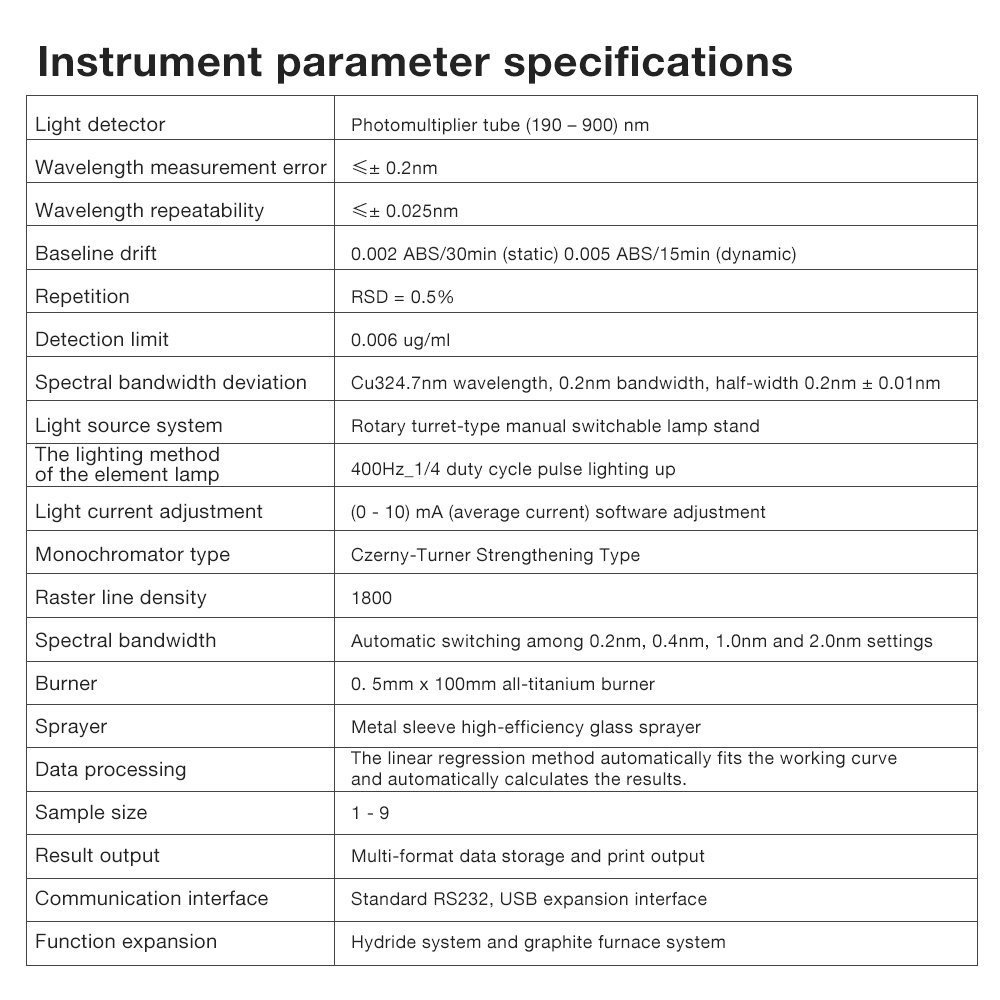
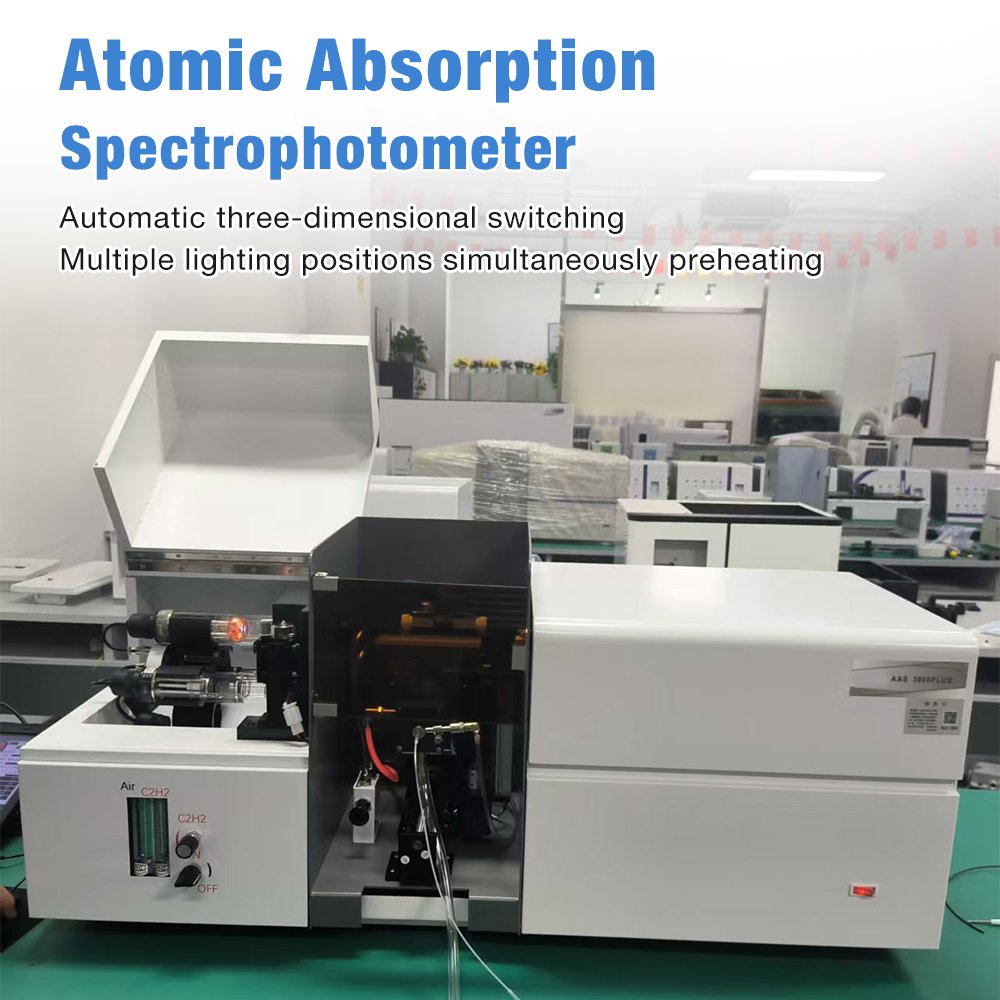

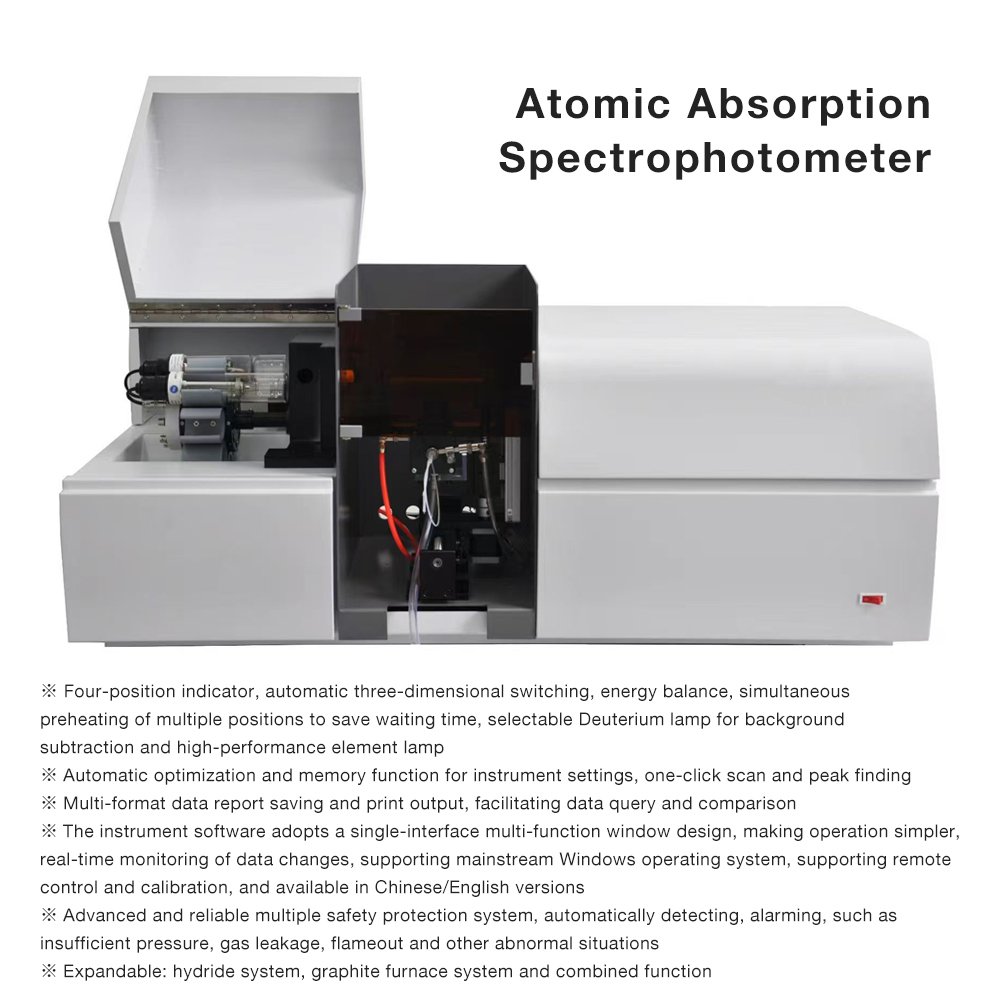




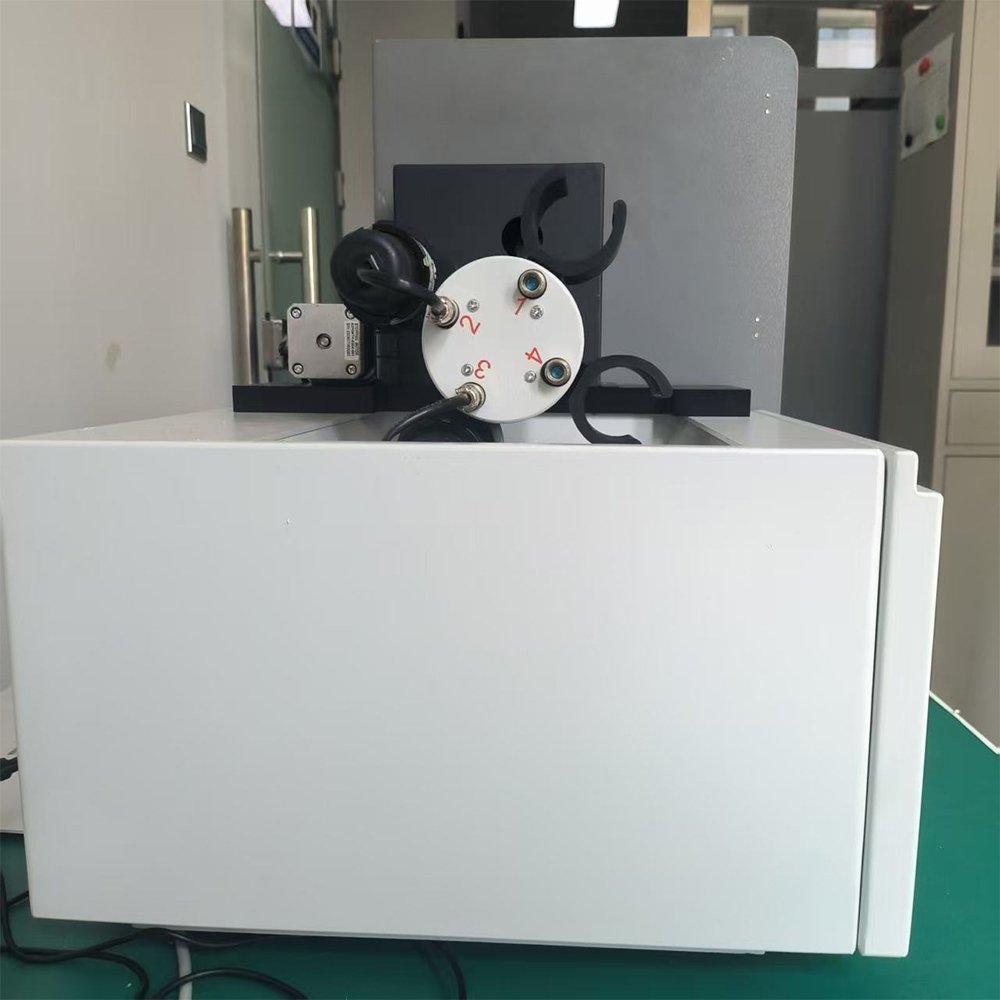
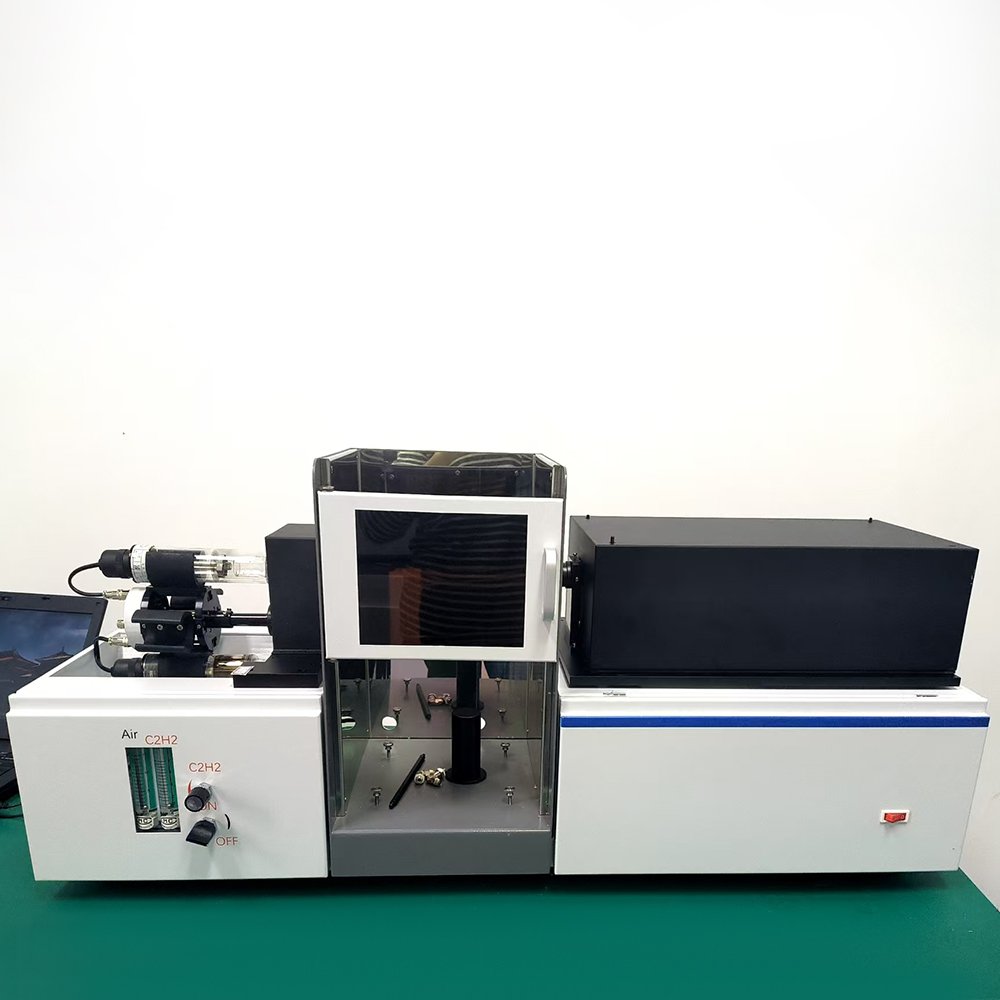
“Excellent communication, high quality product. Timely delivery. I have been cooperating for 2 years and am satisfied with the established cooperation.”